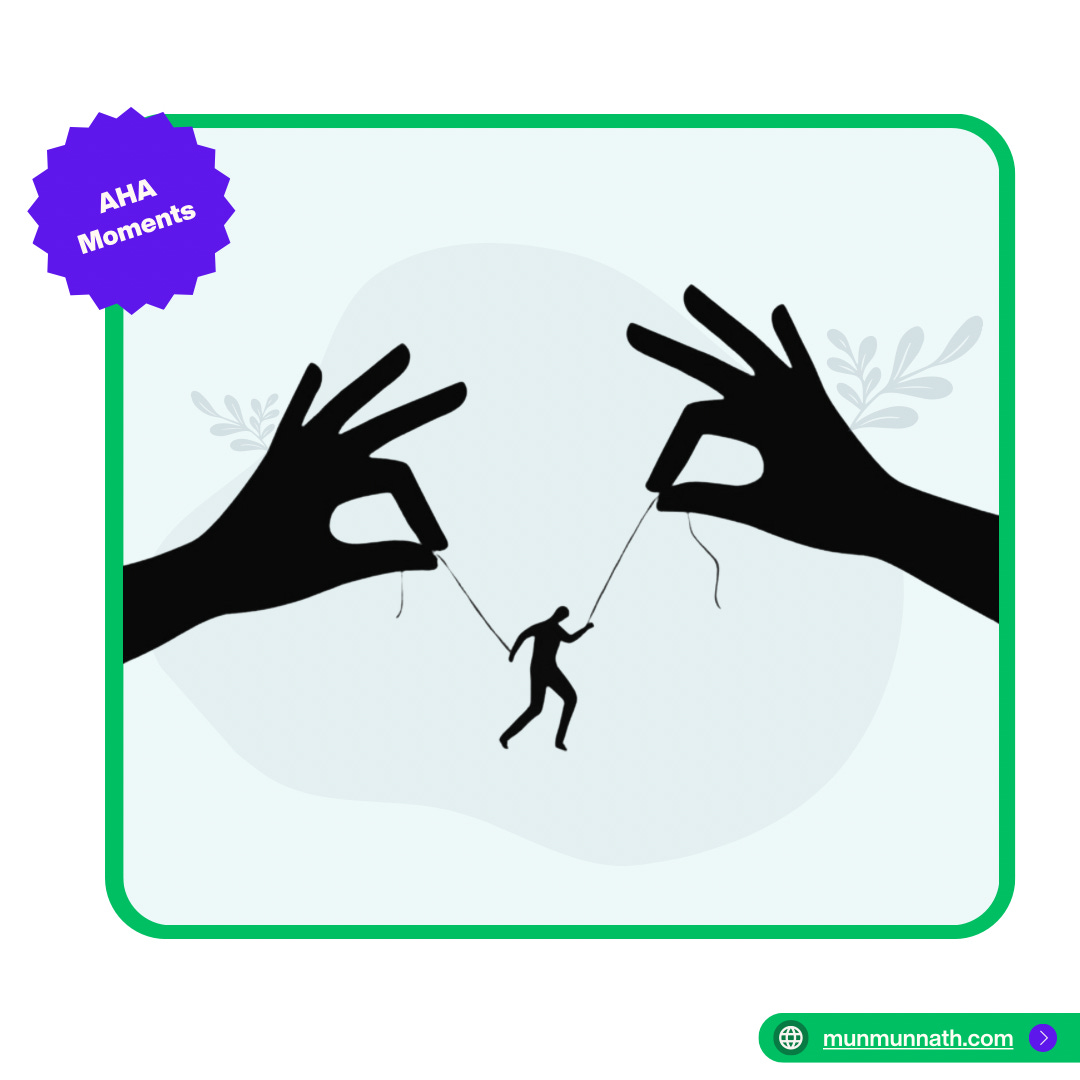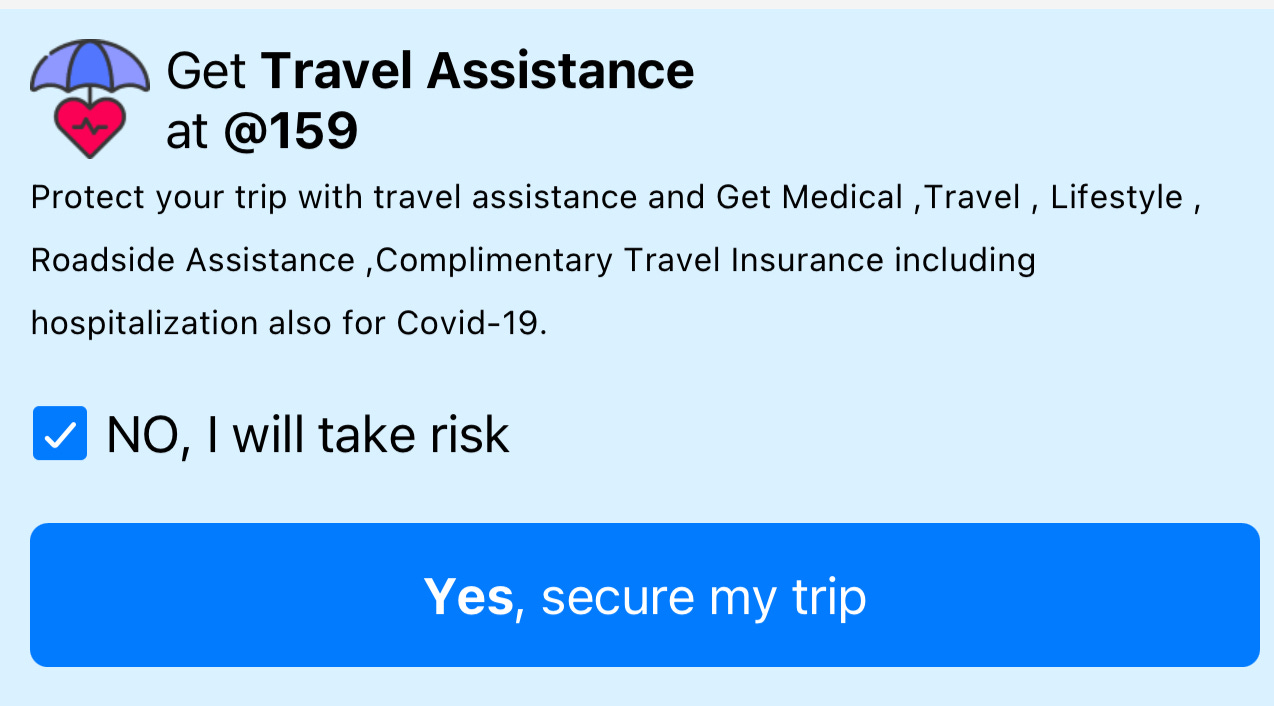21. What are Dark Patterns?
Behavioral science is a force for good but when used to manipulate people, can lead to dark patterns. Such practices are being rightfully regulated.
Last week, during a shopping trip with my kid, I was annoyed by his nonstop whining, which was triggered by the unusually large display of candies at the checkout queue.
Typically, checkout areas are packed with items to encourage impulse purchases, such as gum, batteries, lighters, books, promotional items, etc.
But this aisle filled only with candy, struck me as odd, and I would like to equate this to a 'Dark Pattern' - a behavioral science intervention that nudges people to take action that may not be in their best interest.
Dark patterns or manipulative nudges raise several concerns:
They erode trust in the brand, as no one likes to be manipulated or deceived
They might lead to financial loss or privacy breaches for the user
They might lead to scrutiny and action by regulators
To protect consumers from such manipulative practices, in November 2023, the Government of India issued guidelines banning the use of such 'Dark Patterns,' equating them with misleading advertisements and unfair trade practices and attracting penalties under the Consumer Protection Act. [Source]
The 10 Dark Patterns highlighted in these guidelines include the following -
1. False Urgency
Misleading a user into making an immediate purchase or taking an immediate action by -
i. Showing false popularity of a product or service to manipulate user decision;
ii. Stating that quantities of a particular product or service are more limited than
they actually are.
For example -
a. Presenting false data on high demand without appropriate context
b. Falsely creating time-bound pressure to make a purchase
One common example is a rogue malware pop-up on websites that uses this as a scare tactic to deceive users into believing their system is infected and coerce them to pay for fake malware removal tools.
2. Basket sneaking
Inclusion of additional items such as products, services, payments to charity/donation at the time of checkout from a platform without the consent of the user, such that the total amount payable by the user is more than the amount payable for the product(s) and/or service(s) chosen by the user.
Illustrations:
a. Paid ancillary services are automatically added to the cart with a pre-ticked box or otherwise when a consumer purchases a product(s) and/or service(s).
b. A user purchases a single salon service, but the service is automatically added when checking out a subscription to the salon.
c. Automatically add travel insurance while a user purchases a flight ticket.
3. Confirm shaming
Using a phrase, video, audio, or any other means to create a sense of fear, shame, ridicule, or guilt in the mind of the user to nudge the user to act in a certain way that results in the user purchasing a product or service from the platform or continuing a subscription to a service.
Illustrations:
a. A platform for booking flight tickets using the phrase “I will stay unsecured.” when users do not include insurance in their cart.
b. A platform that adds a charity in the basket using the phrase “charity is for the rich, I don’t care.”
4. Forced action
Forcing a user into taking action requiring the user to buy any additional good(s) or subscribe or sign up for an unrelated service to buy or subscribe to the product/service originally intended by the user.
Illustrations:
a. prohibiting a user from continuing to use a product or service for the consideration originally paid and contracted for unless they upgrade for a higher rate or fee.
b. forcing a user to subscribe to a newsletter to purchase a product.
c. forcing a user to download an unintended/unrelated separate app to access a service originally advertised on another app, e.g., A user downloads app, X, meant for listing houses for renting. Once users download X, they are forced to download another app, Y, for hiring a painter. Without downloading Y, the user cannot access any services on X.
5. Subscription trap
Making cancellation of a paid subscription impossible or a complex and lengthy process or forcing a user to provide payment details and/or authorization for auto debits for availing a free subscription;
6. Interface interference
Manipulating the user interface in ways that (a) highlight certain specific information and (b) obscure other relevant information relative to the other information to misdirect a user from taking an action desired by her.
Illustrations:
a. Designing a light-colored option for selecting “No” in response to a pop-up asking a user if they wish to purchase, concealing the cancellation symbol in tiny font, or changing the meaning of key symbols to mean the opposite.
b. An ‘X’ icon on the top-right corner of a pop-up screen leads to the opening-up of another ad rather than closing it.
c. Designing a virtually less prominent design, a light-colored option for selecting “No” in response to a pop-up asking a user if they wish to make a purchase.
7. Bait and switch
Advertising a particular outcome based on the user’s action but deceptively serving an alternate outcome. A common example is employing confusing language, double negatives, or similar tactics to mislead users into specific actions or responses.
Illustrations:
a. A seller offers a quality product at a cheap price, but when the consumer is about to pay/buy, the seller states that the product is no longer available and instead offers a similar-looking but more expensive product.
8. Drip pricing
Not revealing elements of pricing upfront or doing so surreptitiously within the user experience, such as -
ii. revealing the price post-confirmation of purchase, i.e., charging an amount higher than the amount disclosed at the time of checkout or
iii. a product or service is advertised as free without appropriate disclosure of the fact that the continuation of use requires in-app purchase or
iv. a user is prevented from availing of a service that is already paid for unless something additional is purchased
Explanation-: A marketplace e-commerce entity shall not be liable for price fluctuations to the extent attributable to third-party sellers' price changes or other factors beyond their control.
Illustrations:
a. While a consumer is booking a flight, the online platform showcases the price as X at the checkout page, and when payment is made, the platform charges the consumer price Y (which is more than X).
b. A consumer downloaded a mobile application for playing chess, advertised as ‘play chess for free.’ However, after 7 days, the app asked for a payment to continue playing chess. The fact that the free version of the game is available only for a limited time, i.e., 7 days in this case, was not disclosed to the consumer at the time of downloading the mobile application.
c. A consumer has purchased a gym membership. To actually use the gym, the user must purchase special shoes/boxing gloves from the gym and the same was not displayed at the time of offering the gym membership.
9. Disguised advertisement
Posing and masking advertisements as other types of content, such as user-generated content, new articles, or false advertisements. The seller or advertiser is responsible for disclosing that such content is an advertisement. This is especially relevant for influencer marketing campaigns where the influencer is responsible for disclosing that it’s an #ad or #paidpartnership.
10. Nagging
Overloading users with requests, information, options, or interruptions unrelated to a purchase of goods or services disrupts the intended transaction.
Illustrations:
a. Websites asking users to download their app again and again
b. Platforms asking users to give their phone numbers for supposedly security purposes
c. Constant requests to turn on notifications with no option to say “NO.”
Behavioural Science is powerful, but as they say, with great comes great responsibility. As a practitioner of behavioral science, make sure your interventions avoid -
Deceptive Design: Interfaces and processes that are intentionally misleading or confusing for users.
Coercion: Pressuring or tricking users into making decisions they might not have made if they were fully informed.
Lack of Transparency: Hiding or obscuring important information to prevent users from making well-informed decisions.
As a consumer, watch out for the above nudges. If you feel uncomfortable with any prompts from an app or website, give feedback to the business to stop such practices or report it to the relevant authorities.










